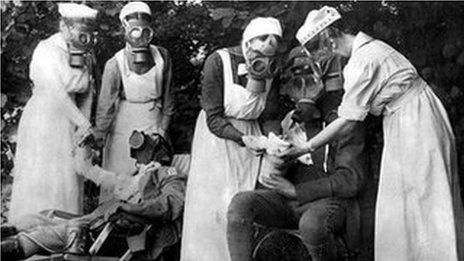Welsh Women of World War One programme shows changing roles
- Published
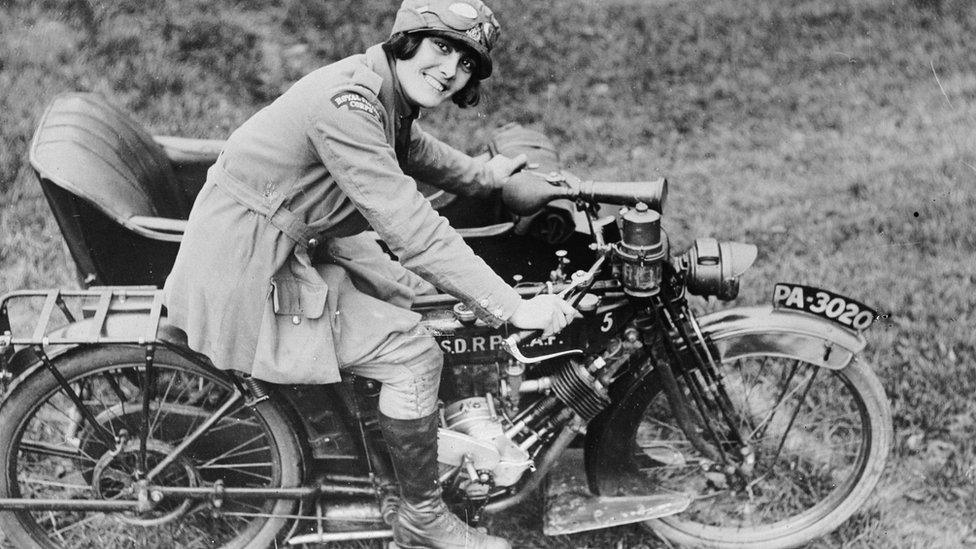
While millions of men packed up their kit bags and went off to fight in World War One, women were also vital to Britain winning the battle.
Opportunities opened up to women in arming, feeding and policing the nation - posts previously closed to them.
Historian Deirdre Beddoe explores the war's liberating impact on the lives of women in Wales.

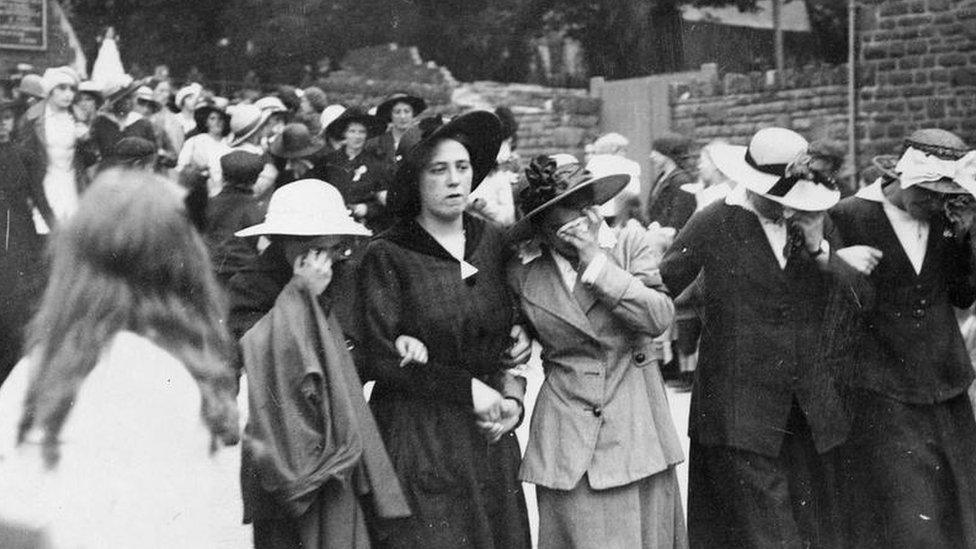
Mourners at the funeral of a munitions worker
Munitions
A large proportion of the British military's weapons were made in Wales, in 11 factories making shells and explosives.
By the end of the war, 80% of the workforce was female.
Most had previously been domestic servants. They were so glad to fling off the frilly white apron because they might have been working in somebody's house for a few shillings a week and they were there every day and every night.
Going to the munitions factory was liberating.
They spent the money they earned on having a good time. They were so buoyant and happy, people used to complain they filled the pavements going 10 in a row, arm in arm. Some of them even went into public houses.
The freedom, the company, the definite hours, they could go off after work and get dressed up nicely. They bought fur coats and knee-high leather boots.
But there were also appalling and terrible accidents - health and safety was non-existent.
Gabriella West, a worker in the Pembrey factory, wrote in her diary: "The ether in the cordite affects some of the girls. It gives them headaches, hysteria, and sometimes makes them unconscious."
British weapons are still made in Wales today and women still play an important part.
At BAE Systems, near Usk, the chief executive is a woman, as are half the workers on the assembly line.

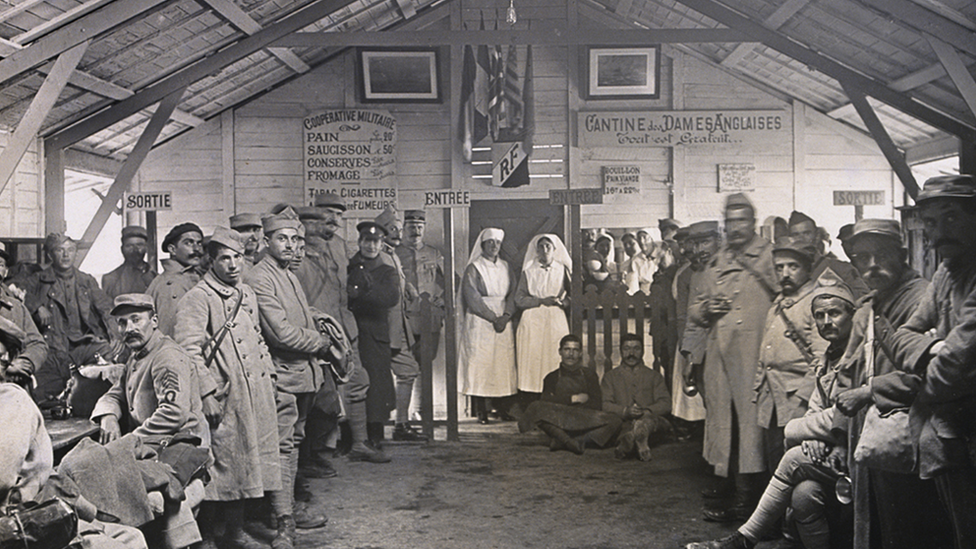
Welsh sisters Gwendoline and Margaret Davies (centre) volunteered to work with the French Red Cross
Volunteer work
Middle class women did their bit too, with Margaret Lloyd George, the prime minister's wife, leading the way.
There was a huge amount of charity work, tea parties to raise money for refugees and, apparently, to give bunches of flowers to wounded soldiers.
In Wales, sisters Gwendoline and Margaret Davies volunteered to work with the French Red Cross, which operated canteens at railway stations, convalescent hospitals and transit camps.
Like all volunteers, they paid their own way, and used their own funds to buy coffee, snacks and cigarettes to give to the troops.
But the sisters are more famous as art collectors and philanthropists.


The Women's Land Army played a vital role in World War One
Women's Land Army
Britain imported two thirds of its food at the outbreak of the war, so the Germans torpedoed ships transporting the goods.
In response, Britain created an army of female farm workers.
In the Land Army, women wore trousers, which made an enormous change - as late as the 1890s, women wore very tight corsets and waspie belts, which were hugely damaging to their health.
Life in the Women's Land Army was liberating in lots of ways, it got them out working and they were wearing sensible clothes.

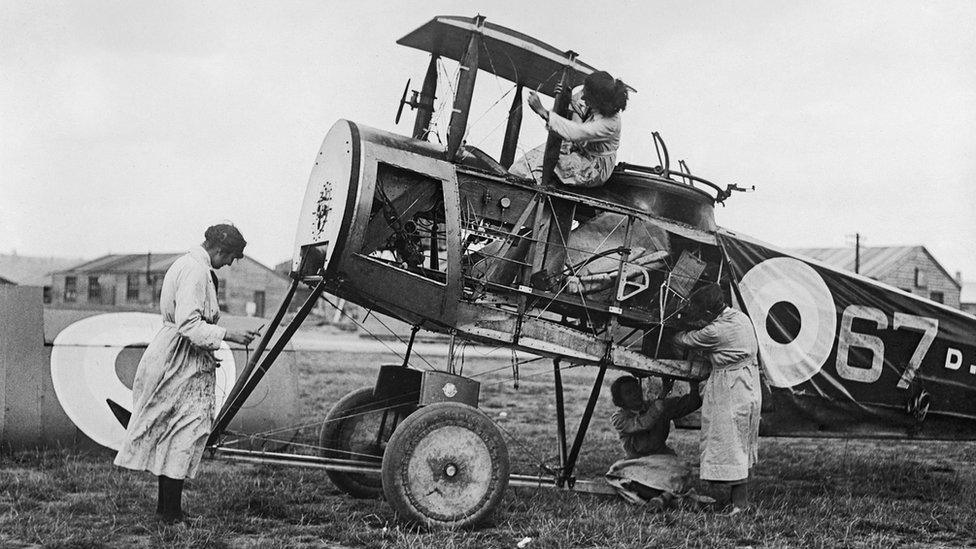
Joining the military gave women the opportunity to live a strong, independent life
Military
With more and more men dying in battle, the military began to recruit women over the age of 20.
They worked behind the frontline, dealing with the injured, transport and clerical work.
To experience war was terrible, but it was also an opportunity to travel abroad and live a strong, independent life.
Annie Brewer, a military nurse from Newport, spent the war in France, receiving many medals for her courage.
One citation applauds her "coolness and total disregard of danger, lavishing her attention on men wounded under fire".
The old ideas of women being inferior to men were challenged.

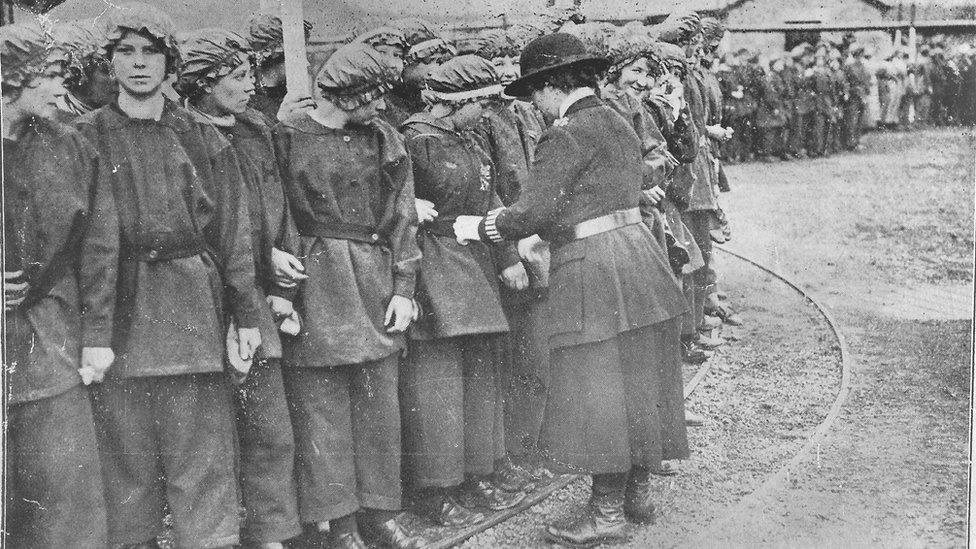
A policewoman helping munitions workers to look their smartest for a royal visit
Policing
Feminists had campaigned for female police officers for years and, in 1916, this was made possible.
The women recruited were suffragettes who had received some of the worst treatment at the hands of the police while demonstrating for the right to vote.
There was no training, they were just given their uniform.
Their main role was in safety and directing people.
They had to keep order in the munitions factories, checking the hair of women coming in who would often have cigarettes and matches hidden in it, going into a highly-dangerous area.
When the war ended, the women's police force was totally disbanded.
Some English counties wanted to take on women, but in Wales there was not a single woman police officer from the end of World War One until Cardiganshire took them on at the beginning of World War Two.
There was not another woman police officer in Cardiff until 1948.
Prof Deirdre Beddoe meets the women doing these jobs today, in Welsh Women of World War One which will be shown on BBC One Wales at 22:40 BST on Tuesday
- Published7 July 2016
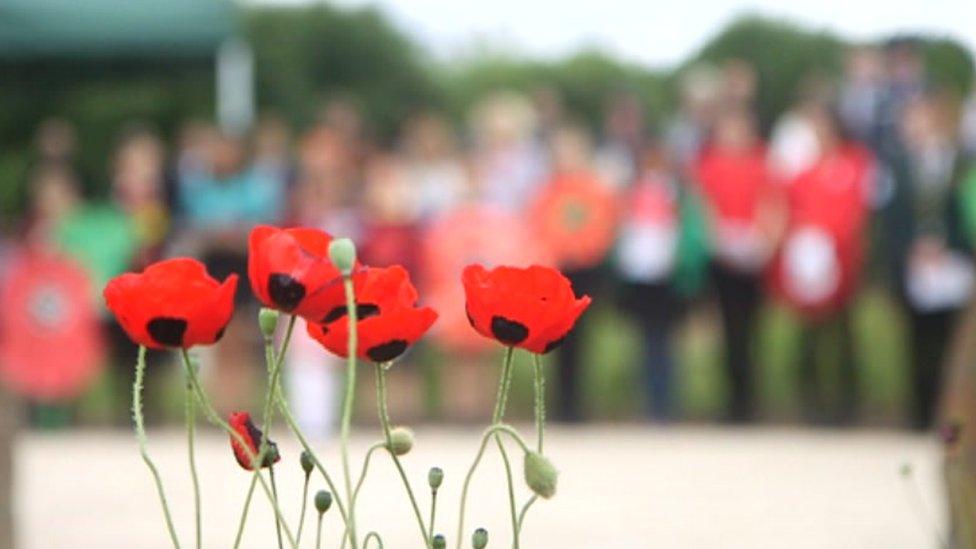
- Published5 July 2016
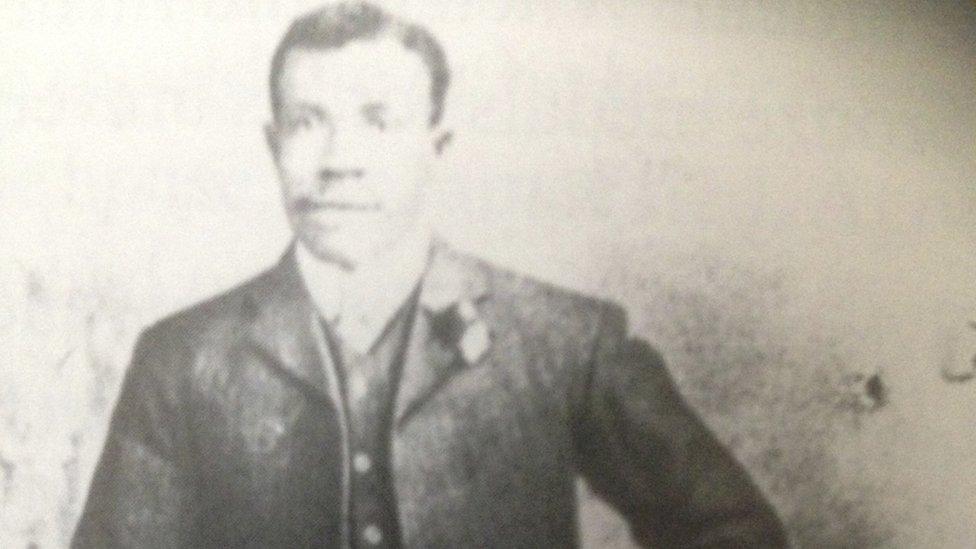
- Published3 July 2016
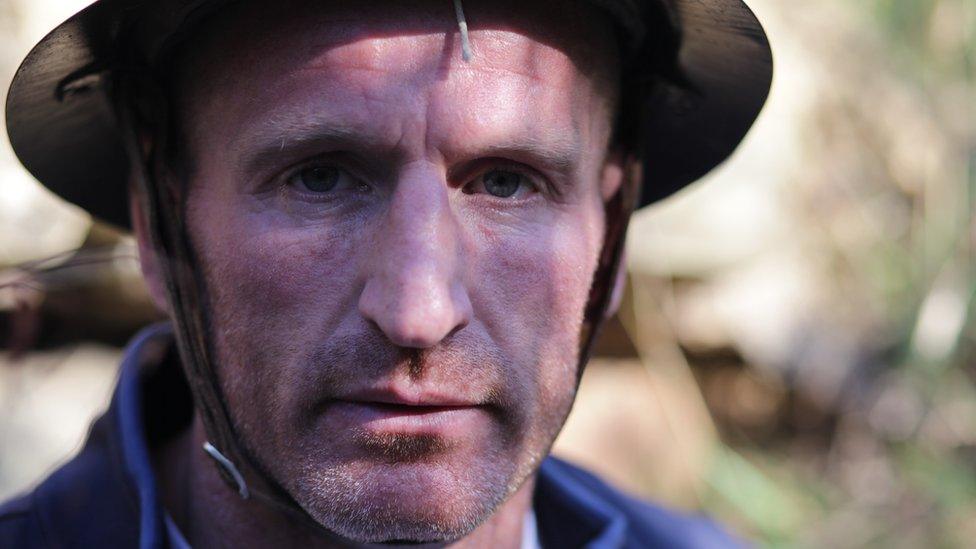
- Published16 June 2016

- Published9 November 2014
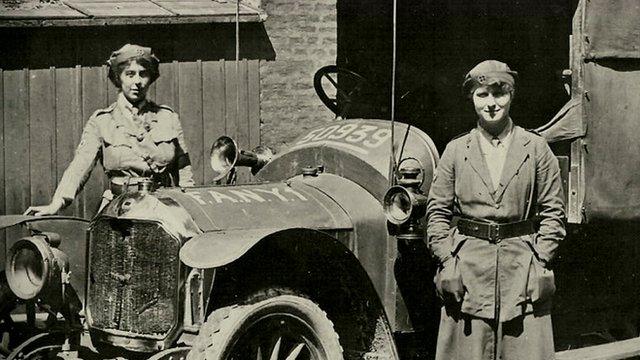
- Published2 April 2014
